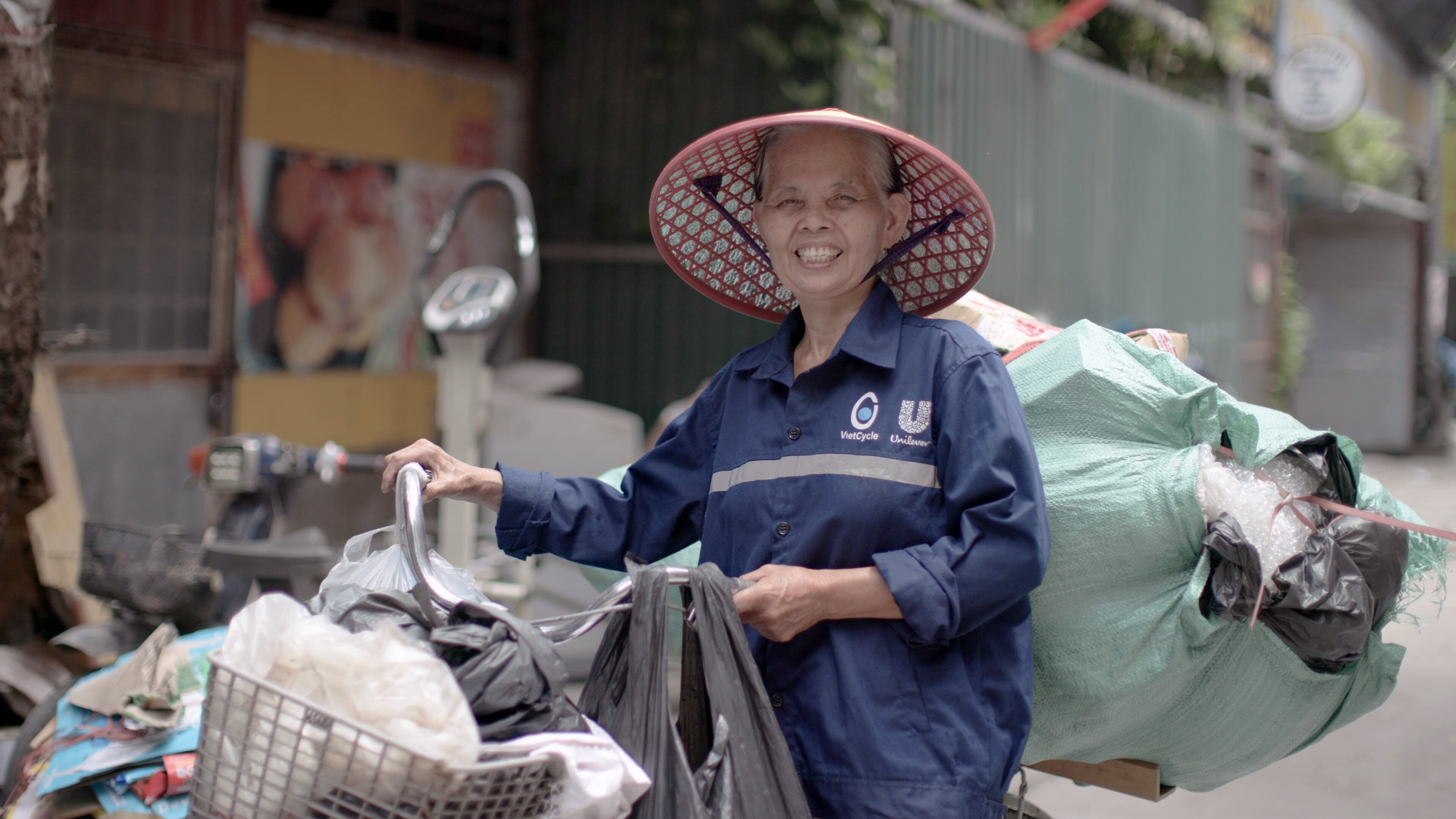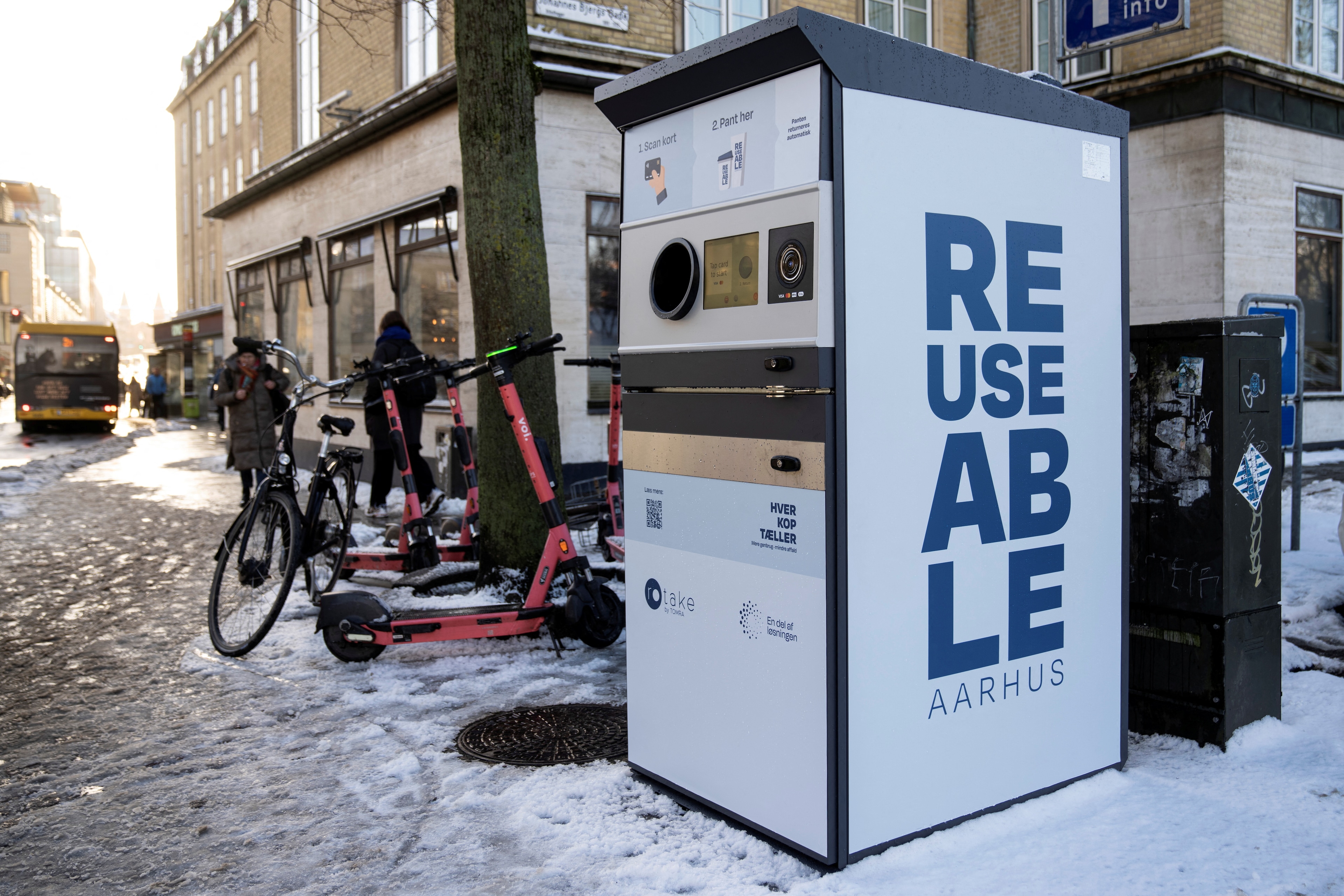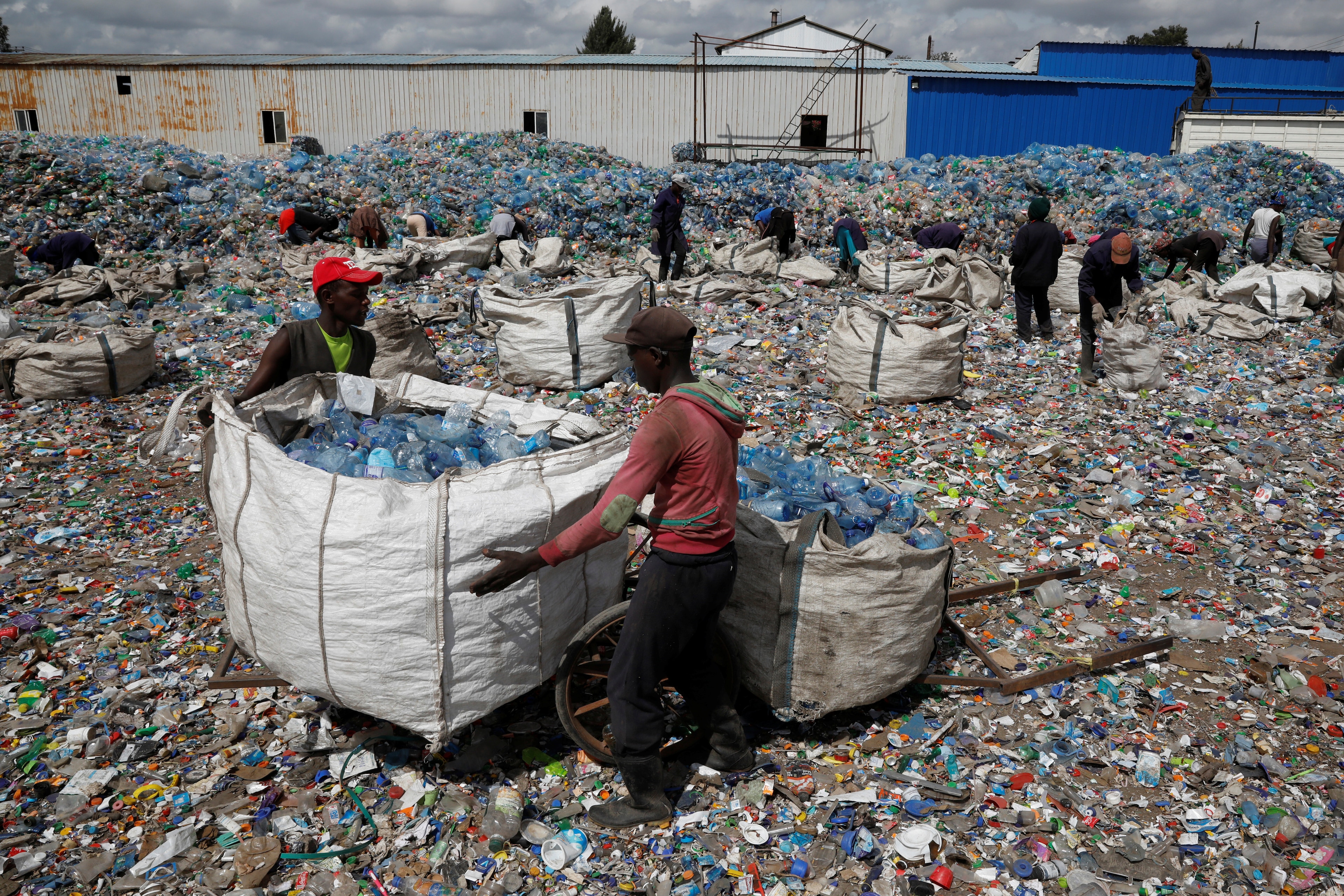Endangered elements are a big risk for the world – here’s why

We should try to use endangered elements more efficiently, so less of them are needed.
Image: Unsplash/Vedrana Filipović
Stay up to date:
Science
Listen to the article
- Everything in the world is made from 90 naturally occurring chemical elements.
- But some of these elements are endangered elements, which could cause serious problems in the future, the European Chemical society says.
- Humanity is consuming 60% more resources than Earth can sustain.
- In a circular economy, raw material use is minimized and materials are kept in the economy through reuse, repair and recycling.
You probably don’t think about them much.
But if they weren’t around – you’d know about it.
Everything on Earth is made from 90 chemical elements that occur naturally, shown on a chart known as the periodic table.
But some of these are endangered elements, meaning we’re consuming them very fast and, if we continue to do so, their supply could become limited.
The red elements in this periodic table from the European Chemical Society and published by data content site Visual Capitalist are at “serious threat” in the next 100 years. The orange elements are those at rising risk because of increased use. And the yellow elements are only available in limited quantities, meaning their supply could be at risk in the future.
“Serious problems” could arrive soon if we don’t do anything to restrict our use of the most endangered elements – or find effective ways to recycle them, warns the European Chemical Society, which represents more than 160,000 chemists across Europe.

Where’s my mobile phone?
The first thing you might miss is your mobile phone.
And of these, 17 elements are at risk and “may give cause for concern in years to come”, the European Chemical Society says.
Endangered elements may not technically run out – because they’ll still exist in manufactured products, for example. But they do get harder to find, recover and reuse.
More than 1 billion smartphones are sold a year, and about 50 million tonnes of these are thought to end up in landfill.
What is the World Economic Forum doing about the circular economy?
Indium
Indium is one of the endangered elements under serious threat. It is used to make the touch screens on smartphones, flat screen TVs and computer screens.
The element is also used in solar panels, microchips and semiconductors, explains the American Chemical Society, which represents 150,000 members in the United States.
Indium will be used up in 50 years at current rates of use, and will become “very expensive to collect and purify”, the European Chemical Society warns.
It adds that in the European Union alone, 10 million smartphones are changed every month.
Copper
Demand for copper – a crucial component of electric wiring and motors – is on the rise, but supply isn’t keeping pace.
This is a concern as the element is the best common element for conducting electricity apart from silver, which is a lot more expensive.
As the world transitions to more sustainable sources of energy, copper will be needed for technologies like solar panels, electric vehicles and hydropower facilities.
An electric vehicle requires 2.5 times as much copper as an internal combustion engine vehicle, according to S&P Global.
Current copper demand of about 25 million tonnes a year is expected to double by 2035. And by 2050, annual demand will reach roughly 53 million tonnes, which is “more than all the copper consumed in the world between 1900 and 2021”, S&P Global says.
Neodymium
Neodymium is an endangered element with limited availability.
Its strong magnetic attributes when mixed with iron and another element, boron, led to the miniaturization of electronics, including computer hard drives, mobile phones and loudspeakers.
Today, neodymium is most commonly used in the motors of electric and hybrid vehicles – which are critical to cut carbon emissions from the transport sector.
Almost 7 million electric cars were sold in 2021, more than double the year before.
Lithium
Lithium is another endangered element with limited availability that is critical in electric vehicles.
It is used in many rechargeable batteries, including electric car batteries.
If every car sold today was electric and used lithium batteries, 800,000 tons of lithium would be needed a year, the European Chemical Society notes. Lithium batteries are also used to store electricity generated by wind and solar power.
The International Energy Agency has predicted that the world could face lithium shortages by 2025.
Accept our marketing cookies to access this content.
These cookies are currently disabled in your browser.
Helium
Helium is an endangered element under serious threat.
The ability to reach ultra-cold temperatures makes it “indispensable” to scientific research and to medical diagnostic equipment, the American Chemical Society says. This includes the use of helium in magnetic resonance imaging (MRI) scanners, which help healthcare professionals detect conditions by producing detailed images of the inside of the body.
Other critical helium uses include semiconductor manufacture and cooling nuclear reactors.
Helium can be recovered from only a few places in the world, making it vulnerable to supply interruptions and big price spikes. “The cost of helium has increased 250% over the last five years, making scientific research more expensive,” the American Chemical Society says.
Protecting endangered elements
In a report on endangered elements and critical raw materials for the journal, Science Progress, energy and environment consultant Christopher Rhodes recommends the “urgent” introduction of effective collection and recycling strategies for endangered elements.
Another option is to use endangered elements more efficiently, so less of them are needed. Highly endangered elements could also potentially be substituted with more abundant elements. This is likely to be needed to fully scale up the renewable energy industry, Rhodes says.
He notes that the world’s natural resources are currently being consumed on an “unprecedented scale”, equivalent to around 12 tonnes a year for every person on the planet.
Unsustainable consumption
Endangered elements highlight the risk humanity faces if we overconsume Earth’s resources.
We are already using 60% more resources than the planet can sustain, experts say. And with the global population growing, we could be using three to four times the amount of Earth's resources by 2050.
More than 92 billion tonnes of materials were extracted and processed in 2019, contributing to about half of global CO2 emissions, the World Economic Forum says.
The circular economy is an alternative to this that cuts waste, uses resources safely and could create up to $4.5 trillion in economic benefits by 2030.
In a circular economy, products are redesigned so they can be used again and again, and materials are kept in the economy through reuse, repair and recycling.
Circular economy action
To help the world move to a circular economy, the Forum launched the Platform for Accelerating the Circular Economy in 2017.
Leaders from business, government and civil society are collaborating through the initiative to accelerate circular projects in sectors including electronics, textiles and plastics.
Sustainable development – growth that doesn’t compromise the future of people and the planet – were high on the agenda at a series of Forum meetings in New York this month.
The Forum’s Sustainable Development Impact Meetings from 19-23 September 2022 brought together business leaders, policymakers, innovators and international and civil society organizations to advance work on the United Nations Sustainable Development Goals.
These are 17 Global Goals that were adopted by all 193 member states of the UN in 2015, to be achieved by 2030. They include good health and well-being for all; urgent action to combat climate change; and access to affordable and clean energy for all.
Accept our marketing cookies to access this content.
These cookies are currently disabled in your browser.
Don't miss any update on this topic
Create a free account and access your personalized content collection with our latest publications and analyses.
License and Republishing
World Economic Forum articles may be republished in accordance with the Creative Commons Attribution-NonCommercial-NoDerivatives 4.0 International Public License, and in accordance with our Terms of Use.
The views expressed in this article are those of the author alone and not the World Economic Forum.
Forum Stories newsletter
Bringing you weekly curated insights and analysis on the global issues that matter.
More on Circular EconomySee all
Kaiser Kuo and Kateryna Gordiychuk
August 15, 2025
Henrik Hvid Jensen
August 7, 2025
Pedro Gomez and Clemence Schmid
August 6, 2025
Oliver Kade and Sarah Hadley
July 28, 2025



